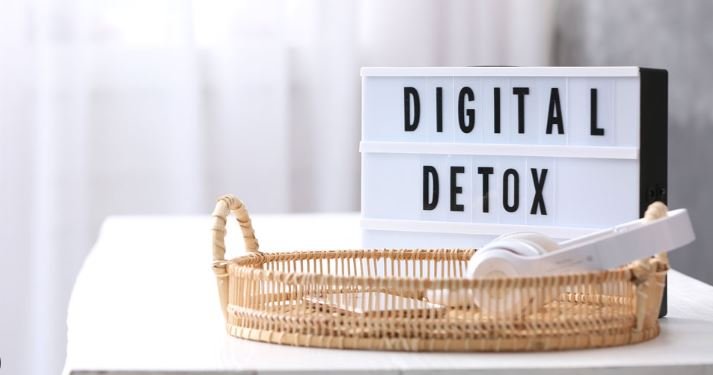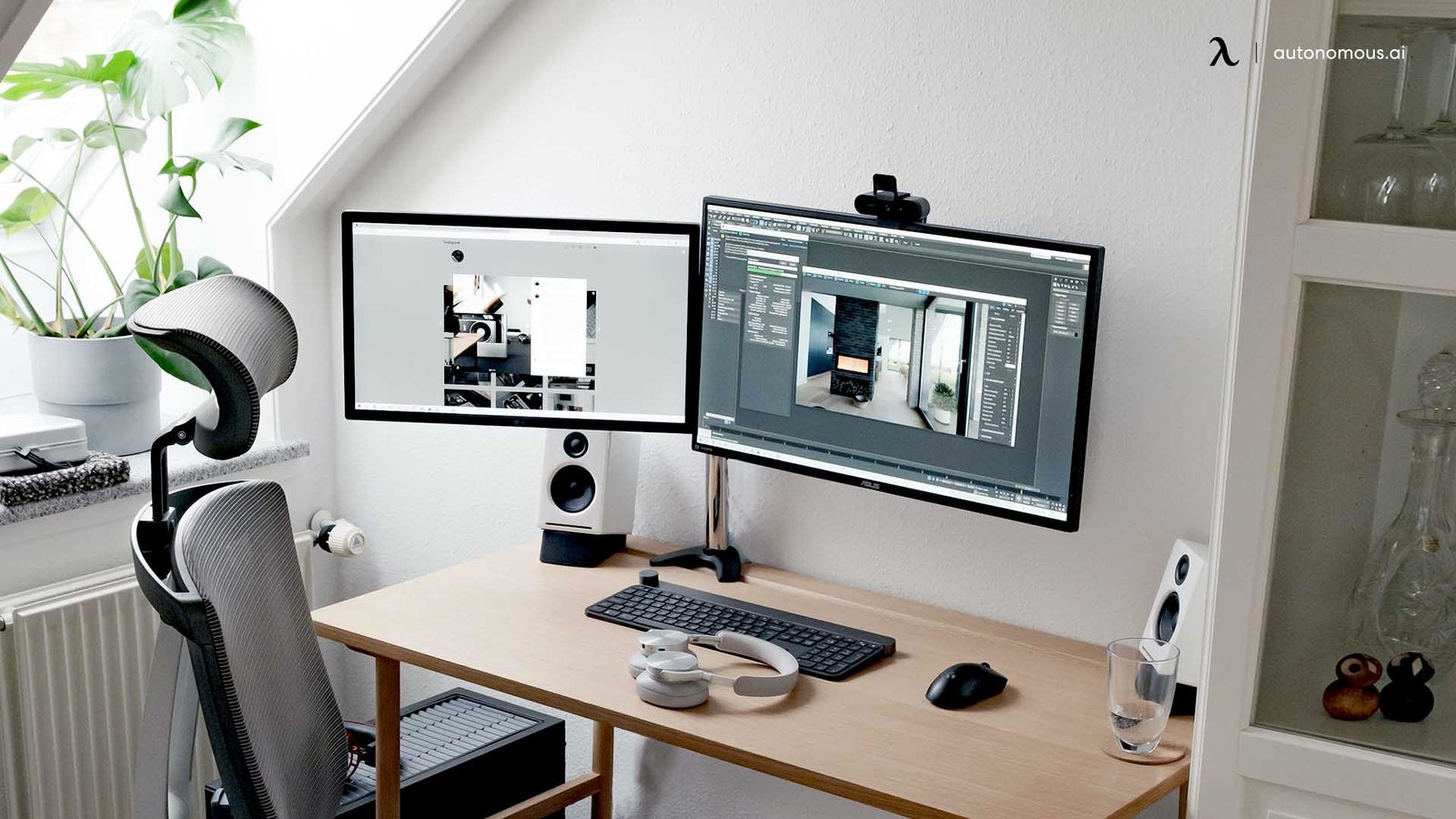A digital detox is about intentionally disconnecting from electronic devices to reduce stress, improve focus, and foster mindfulness. With technology being an integral part of our daily lives, it’s easy to become overwhelmed by constant notifications, social media, and screen time. Implementing digital detox strategies can help you regain control of your time and reconnect with the present moment. Here are some effective strategies to guide you through a successful digital detox.

1. Set Clear Boundaries
Establishing clear boundaries with your digital devices is one of the most important digital detox strategies. Start by designating specific times during the day when you’ll completely disconnect. For example, avoid checking your phone first thing in the morning or late at night. Instead, dedicate these periods to personal reflection, exercise, or engaging in hobbies.
Additionally, set limits on screen time for certain apps or devices. Many smartphones offer screen time tracking tools that allow you to set daily limits on app usage, helping you stay mindful of your digital habits.
2. Create Device-Free Zones
Another simple but powerful digital detox strategy is to create device-free zones in your home. These could include areas like the dining room, bedroom, or even a section of your living room. By establishing these zones, you can encourage more face-to-face interaction, improve focus on non-digital activities, and promote a sense of relaxation.
In device-free zones, replace screens with books, board games, or other analog activities that engage your mind and reduce the urge to check your phone or tablet.
3. Schedule Regular Tech-Free Days
Scheduling regular tech-free days or weekends is an excellent way to reset your mind and fully immerse yourself in non-digital experiences. Use this time to explore outdoor activities, practice mindfulness, or connect with loved ones without the distraction of technology. By doing this, you can gain a clearer perspective on your relationship with digital devices and experience life more fully.
During these breaks, silence your notifications and leave your phone in a drawer. The longer you go without it, the easier it becomes to disconnect regularly.
4. Engage in Mindful Activities
Filling your time with mindful activities is one of the best digital detox strategies for improving mental clarity and reducing stress. Engage in activities like meditation, journaling, yoga, or even simple breathing exercises to center your mind and body.
When you feel the urge to reach for your phone out of boredom or habit, replace that action with a mindfulness practice. This shift not only helps you break the habit of constant connectivity but also enhances your overall well-being.
5. Use Apps to Limit App Usage
While it might seem counterintuitive, certain apps can actually support your digital detox efforts by limiting your app usage and screen time. Apps like Freedom, Moment, or Offtime can block access to social media, email, or other distracting sites for set periods. These tools help you maintain focus on important tasks while encouraging healthier tech habits.
By gradually reducing your time spent on distracting apps, you can cultivate a more mindful and intentional relationship with technology.
Conclusion
Implementing these digital detox strategies can help you reclaim your time, reduce stress, and foster a deeper connection to the present moment. Whether you set clear boundaries, create device-free zones, or schedule regular tech-free days, a digital detox is a powerful tool for improving your mental health and well-being. By prioritizing mindfulness and intentional tech usage, you can achieve a healthier balance between the digital world and real-life experiences.











